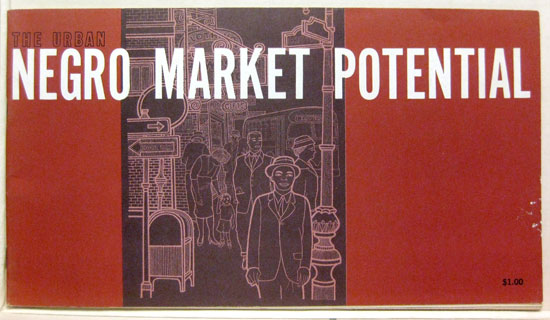Perhaps no greater vehicle of communication is contributing to a better understanding of the
American Negro than television.-Editorial in the Negro newspaper the Pittsburgh Courier (1954)
If you give me a television station, we won’t need a revolution.
-Amiri Baraka (1966)
Entertainment programs on television were another important—if sometimes ambivalent—venue for African American visual representation. In the mid-1960s, nationally broadcast dramas and situation comedies began to feature black actors. With these appearances, the networks reached out to black viewers, a new and increasingly lucrative demographic. The content of the shows, however, usually sidestepped the social realities of African American life in order to assuage the anxieties of white viewers and assure high enough ratings to attract profitable sponsors.
Nevertheless, television, more than any other mainstream visual entertainment, was a fertile ground for black representation: a handful of programs featured complex black characters or tackled the issue of racial prejudice; variety series—to a degree far greater than the interpersonal experiences of most Americans—regularly presented black and white performers interacting as equals; and, from the late 1960s onward, local programs gave voice to an array of topics of specific interest to the black community.
Image Credits/Captions (Click on thumbnails for full image)
The Urban Negro Market Potential, n.d. 6 x 10 1/2 x 1/8 in. Collection of Civil Rights Archive/CADVC-UMBC, Baltimore, MD, 2005.101. After World War II, the African-American middle class, though still a small portion of the black population as a whole, was slowly but steadily expanding. Businesses and corporation began to tap into—and study, as these surveys suggest—the buying power of African Americans, a process that led to the increased presence of black characters and celebrities on television, a medium dependent on advertising and consumer outreach.
